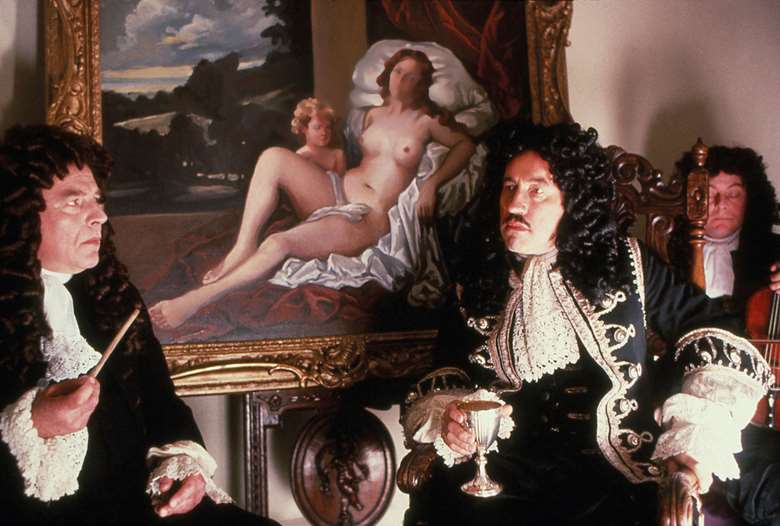How we made England, my England: 'They actually built a sort-of London for me to burn down. What heaven!'
Tony Palmer
Monday, August 17, 2020
Tony Palmer reflects on the making of his acclaimed 1995 film on Purcell, now being re-released as a deluxe edition

Register now to continue reading
Thanks for exploring the Gramophone website. Sign up for a free account today to enjoy the following benefits:
- Free access to 3 subscriber-only articles per month
- Unlimited access to our news, podcasts and awards pages
- Free weekly email newsletter








